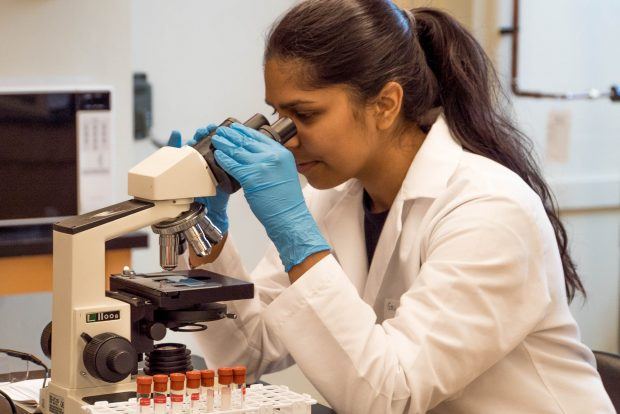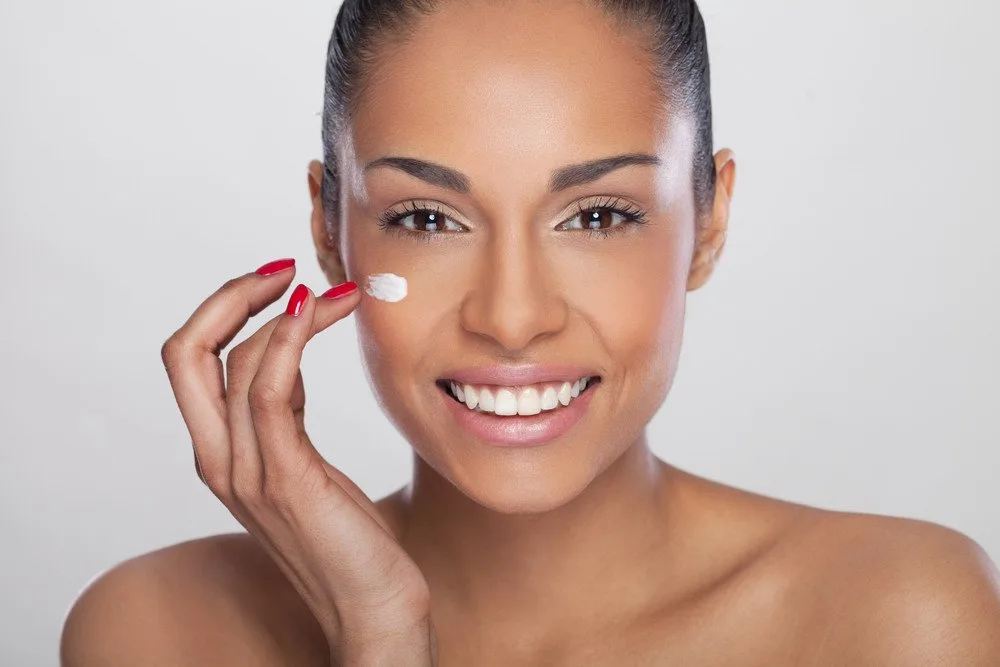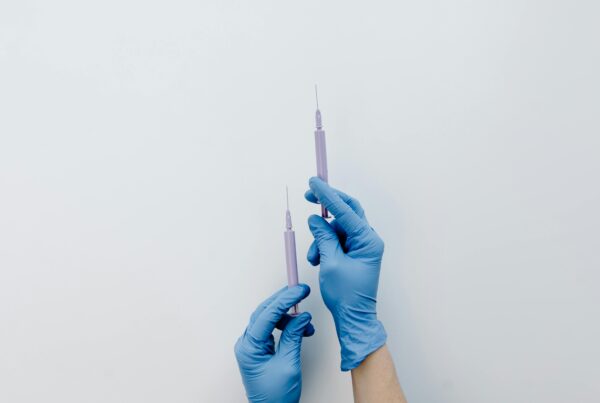In the world of beauty, consumers expect nothing but the best when it comes to skincare. That’s why people only opt for the best skincare products. Longevity Live Paid Content.
According to Grand View Research, the global skincare products market was valued at $135.83 billion as of 2022. Within the next six to seven years, this market is expected to cross the $200 billion mark. Therefore, it’s likely that more skincare products will enter the market. However, before that happens, these products need to undergo a rigorous testing process.
Skincare products are tested in laboratories to ensure safety, efficacy, and compliance with industry standards. These tests are essential to safeguard consumers from potential adverse reactions and to guarantee that the product delivers the promised benefits.
In this article, we will explore some of the most common ways skincare products are tested in labs before being sold.
Common Ways Skincare Products Are Tested
Patch Testing
Patch testing is one of the initial steps in assessing the safety and potential irritability of a skincare product. It involves applying a small amount of the product onto the skin and leaving it in place for a specific duration, typically 24 to 48 hours. The purpose of this test is to identify any allergic reactions or skin sensitivities that could occur upon contact with the product.
During this process, scientists carefully observed the test area for any signs of redness, itching, inflammation, or other adverse reactions. If the product induces irritation or allergic responses, further development may be halted. Manufacturers can also adjust the formula to make the product safer for consumers with sensitive skin types.
Stability Testing
Stability testing is crucial to evaluate the shelf life and integrity of a skincare product over time. Skincare formulations often contain various active ingredients. It is vital to ensure these components remain effective and stable throughout the product’s recommended period of use.
In this test, the product is subjected to various conditions that simulate real-world scenarios. These include temperature fluctuations and exposure to light and air. The goal is to identify any physical or chemical changes that might occur, like discoloration, separation of ingredients, or changes in texture. Products that pass stability testing can confidently claim a longer shelf life.
Stability testing usually takes place in clean rooms. According to American Cleanroom Systems, cleanrooms prevent contaminants from interfering with the testing. This, in turn, ensures accurate results, enabling manufacturers to fully understand whether their products are safe.
Typically, sensitive skincare products are tested in ISO-5 cleanrooms. These cleanrooms are also used for semiconductor manufacturing, pharmaceutical compounding, and medical device manufacturing.
Safety Testing on Human Volunteers
To gauge the overall safety and potential effectiveness of a skincare product, companies often conduct clinical trials on human volunteers. These trials are regularly performed in several phases. Initially, a small group of volunteers was exposed to the product to assess its immediate reactions and gather preliminary data.
If no significant adverse effects are observed, the study may progress to a larger group. This could involve individuals with varying skin types and conditions. These trials may last for several weeks or even months, depending on the intended use of the product.
Throughout the study, researchers closely monitored the participants for any side effects, positive changes, or adverse reactions. These comprehensive clinical trials help determine whether the product meets its claims, like reducing fine lines, improving hydration, and so on.

Photo by Trust “Tru” Katsande on Unsplash
Microbiological Testing
Skincare products must undergo microbiological testing to ensure they are free from harmful bacteria, yeast, mold, and other microorganisms. Contaminated products can lead to skin infections and other health issues, making this testing crucial for consumer safety.
Microbiological testing involves taking samples from various batches of the product and cultivating them in controlled environments to detect any microbial growth. If the results show contamination, manufacturers can take appropriate actions to reformulate the product or implement better manufacturing practices.
In-Vitro Testing
In-vitro testing, A.K.A. non-animal testing, is an alternative method that skincare companies favor greatly as a more ethical and cruelty-free approach. This testing uses cultured human skin cells or tissues to assess a product’s potential effects without subjecting animals to experimentation.
Scientists utilize advanced technology to evaluate how the product interacts with skin cells, examining factors like cell viability, inflammation, and oxidative stress. In-vitro testing provides valuable insights into a product’s mechanism of action, efficacy, and safety, without compromising the welfare of animals.
Conclusion
According to the National Center for Complementary and Integrative Health, skin diseases affect one in three Americans at any given time. A lot of these diseases result from the use of unsafe skincare products.
The New York Times recently reported that dangerous levels of mercury are present in products like skin lightening and anti-aging creams. There are also chemicals present in many skincare products that can lead to serious health issues like cancer. Thus comes the need for proper lab testing before skincare products are ready for the market.
These tests, including the ones mentioned above, must be properly conducted on these products. After that, the reports have to be made available to the public and concerned authorities, like the FDA as only then will people be able to trust these products and continue using them.



![women [longevity live]](https://longevitylive.com/wp-content/uploads/2020/01/photo-of-women-walking-down-the-street-1116984-100x100.jpg)










